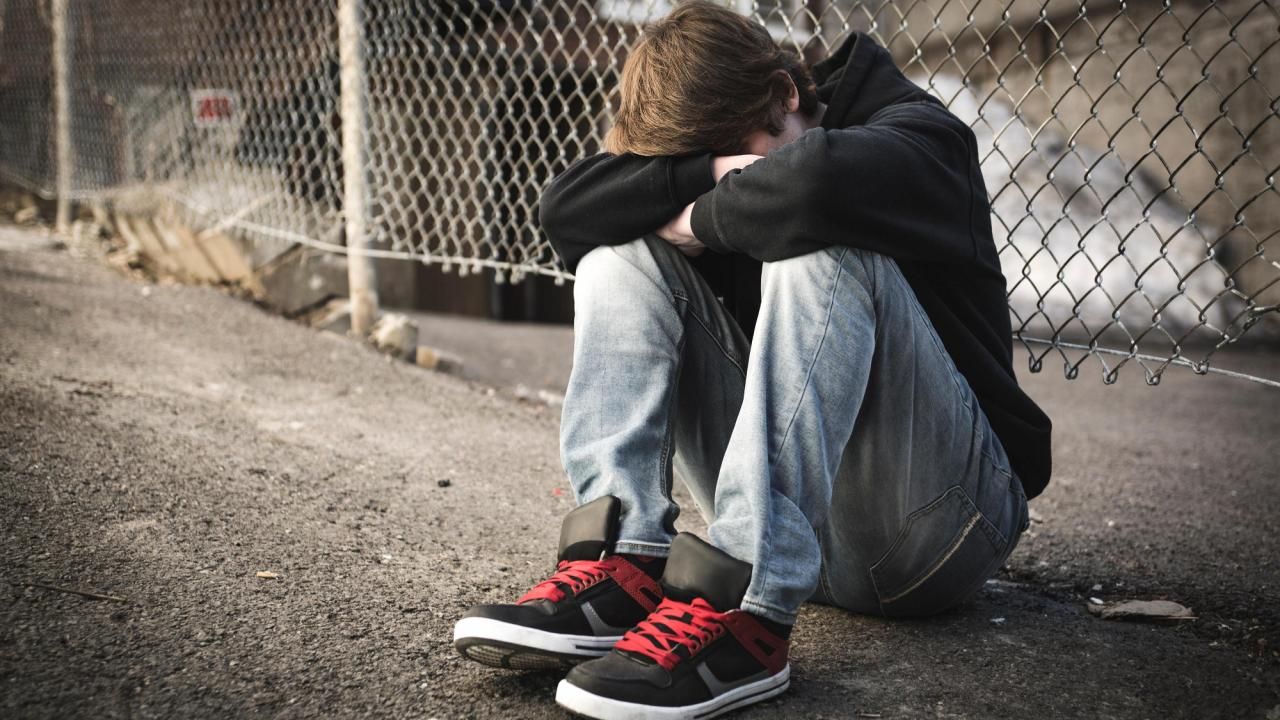Troubled teens triggers: What causes violent behaviors?

Did you know that the number of juveniles accused of crimes is climbing?
This month, WRAL reported on the rise of adolescent crime in North Carolina. Since 2020, overall juvenile crime complaints have gone up 19% statewide. On top of that, complaints against 11-year-olds are up 29%, and complaints against 12 and 13-year-olds are up 35%.
In Wake County alone, more than 2,500 complaints were filed against juveniles this year.
These numbers shocked me to my core. I couldn’t believe the amount of violence among youth in North Carolina.
I want to address some of the causes behind this violence and what can lead the younger generation to act out viciously.
Behind violent actions
Teenagers act the way they do for a reason. Even if a teen doesn’t know why, their actions stem from reactions to earlier events.
Events from our past have long-lasting impacts, shaping the way we relate in our teenage years and sometimes for the rest of our lives. As I think back on my own life, I recall early events that have shaped how I think and behave. Hurtful things have impacted many aspects of my relationships and life today.
The same is true for violent actions – I’ve seen in teens how ruthless behavior is triggered by something that reminds them of past hurt. Something as simple as a passing comment can bring up a whirl of emotions and pain, which causes an outburst of behavior in the present.
This connection to past pain is done through something called a trigger. A trigger can be any sensory reminder that causes painful memories or certain symptoms to resurface: a sound, sight, smell, physical sensation, or even a time of day or season. Triggers can recall pain made years earlier by some person, event, or circumstance.
So, when a trigger occurs, we are reminded of our inadequacy, and we react strongly. Self-sabotage becomes inevitable.
Triggers can become especially dangerous when they are brought on by piercing words.
At school, teens can run into dangerous triggers as early as sixth or seventh grade. Student bullies can hurl cruel words and incite peers to violent reactions.
Dangerous triggers are especially prevalent on social media. Verbal attacks have shifted to be ruthless online on Facebook, Instagram, Twitter and other sites.
Stress causes strong reactions
Stress also plays into how teenagers act. While stress is normal for everyone, it pushes people to their limits.
We can become tired, weary and defensive when under stress. A teen weighed down by stress at school, home, and work may react strongly to simple things.
Many things can cause a teen to be stressed:
- The desire to get into a good college
- Decisions about what to do after high school
- Financial concerns for their family
- Bullying or peer pressure
- Romantic relationships
- Global events
There are so many global events that can cause stress, like the pandemic and the current wars.
These events cause ominous pictures to be displayed on social media feeds 24 hours a day. Teens can fear for loved one’s lives and well-being. During the pandemic, teens were isolated from friends and teachers and saw family members stressed by economic shutdowns.
Parents, remember you can help your teen learn to cope with stress. Encourage them that they are not alone in it. Teach them how to handle it. By doing so, you can help prevent a lifetime of harmful behavior and relational struggles.
Trauma can lead to violence
Teens who have experienced traumatic events, what is known as adverse childhood experiences (ACEs), are more likely to have violent behaviors.
ACEs are distressing or harmful events that happen between ages 1 and 17. These negative experiences affect a child’s brain and health as they grow into adults.
ACEs include childhood emotional, physical, or sexual abuse and household dysfunction during childhood. This can include teens who experienced or saw household substance abuse, household mental illness, incarcerated household members, and parental separation or divorce.
Teens who have experienced ACEs are more likely to exhibit serious behavioral problems and relational conflicts. Along with that, these teens are associated with a higher risk of mental health problems.
A trained therapist or life coach can help teens with trauma to change their behaviors.
Therapists can help uncover the root causes and bring these and other issues to the surface so they can be dealt with.
A family life coach can address these and other uncharacteristic behaviors of teens. Family life coaches are also family life educators; they have a deep knowledge of child development and family dynamics. Additionally, a parent can work with a family life coach to develop parenting skills to help them more effectively care for their child.
If you know a parent with a teen who has behavioral or relational issues, encourage the parent to look into therapists or family life coaches. It’s okay not to have all the answers in parenting – there are people who can walk beside parents and support them.
Gale McKoy Wilkins is a wife, mom, grandparent and family life coach. She is the founder of Project Arrow, an evidence-based peer-to-peer and leadership program teaching middle, high school and first-year college students how to deal with trauma and crisis using life coaching. It's the first life coaching organization in the state to receive funding from the Department of Public Instruction and the first to implement life coaching in a school setting.









